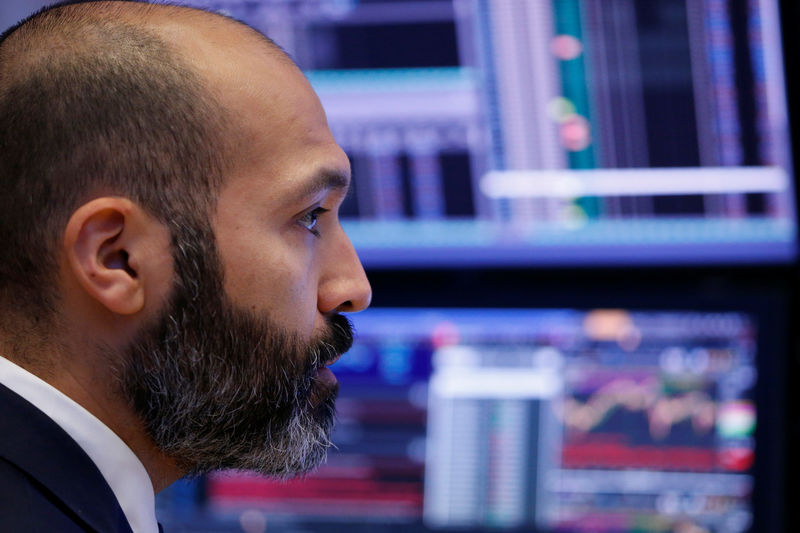© Reuters.
In a significant development, the National Company Law Appellate Tribunal (NCLAT) has upheld the State Bank of India’s (SBI) objections to the National Company Law Tribunal’s (NCLT) approval of a rescue plan for the financially troubled Lavasa Corporation. Attorney General KK Venugopal represented SBI, highlighting issues with the adherence to the insolvency resolution process.
The NCLT had previously justified its decision by referencing the Supreme Court’s Rainbow Papers verdict, which impacted the hierarchy established by the Insolvency and Bankruptcy Code (IBC) by placing state tax claims on par with those of secured lenders. Despite this, SBI raised concerns over the valuation of Lavasa’s assets in the approved plan.
Union Bank of India, which shared similar grievances about asset undervaluation in Lavasa’s case, saw its objections rejected by NCLAT. However, the tribunal granted Union Bank permission to refile their complaint.
The case against Lavasa Corporation has been fraught with complications. Initially, in December 2021, creditors had supported a settlement offer from Dharani Power and Infrastructure Ltd (DPIL), which promised ₹1,814 crore over eight years. This offer included housing provisions for buyers but would result in a substantial 79% loss for financial creditors.
Following the NCLT order in July 2023, DPIL was required to inject ₹100 crore for expenses and an additional ₹100 crore in upfront or equity funds. However, DPIL’s failure to provide these funds as mandated has cast doubt on their commitment to acquiring Lavasa.
Resolution professional Shailesh Verma has been implicated in the valuation disputes that have arisen during this case, underscoring the complexities involved in resolving insolvency cases under IBC guidelines.
The NCLAT’s decision is a crucial juncture in Lavasa Corporation’s insolvency proceedings, potentially altering the course of its resolution plan and impacting various stakeholders, including financial creditors and homebuyers awaiting their properties.
This article was generated with the support of AI and reviewed by an editor. For more information see our T&C.
Read the full article here

